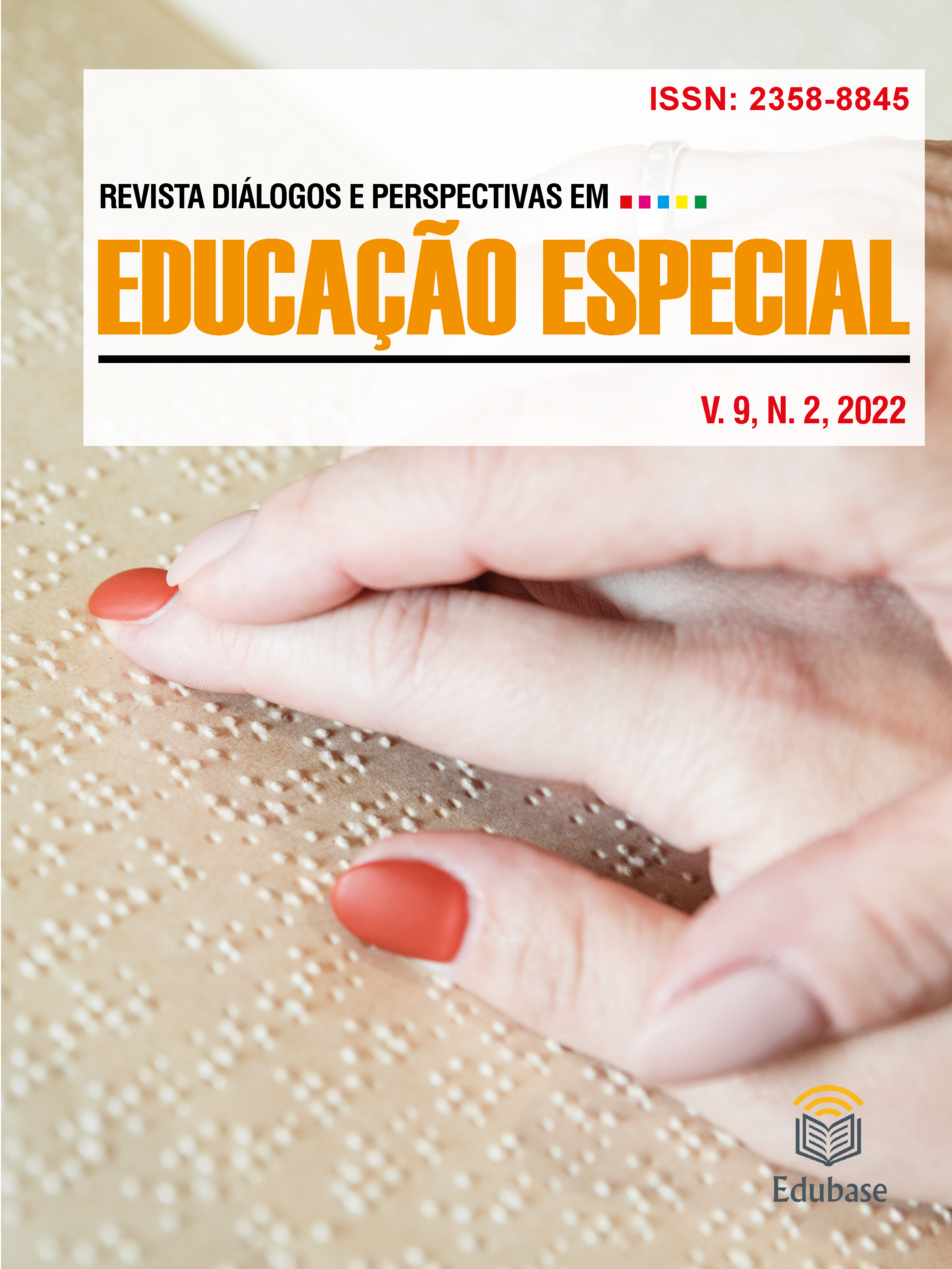Training and productive entrepreneurship center for the Sucre Amudenos Non-Sighted Association from the Universal Approach
DOI:
https://doi.org/10.36311/2358-8845.2022.v9n2.p159-172Keywords:
Visual disability, Training center, Training, Not SeerAbstract
The present research work consists of the study of the basic requirements for a Center for Training and Productive Entrepreneurship for the Association of Blind Sucre, Bolívia.The problem on which this research is based is the limited accessibility of people with visual disabilities to education and production facilities that provide technical training for counseling and Theoretical-Practical training, which allows the development of activities that they can carry out within the field. job based on your skills.This study will allow the inclusion of people with visual disabilities in the educational-productive field through universal design within the establishment, and the use of the senses, managing to stimulate the sensory capacity of the user. For this, the statistical and bibliographic material is taken into account that expands the knowledge of the contextual situation and the relationship of architecture with the senses, these materials are presented within a quantitative and qualitative investigation, respectively.
Downloads
References
CEPAL. Estudio Económico de América Latina. Santiago de Chile: Copyright © Naciones Unidas, 2014. 221 p. Disponible: https://translate.google.com.br/?hl=pt-BR&tab=rT&sl=pt&tl=es&text=Dispon%C3%Advel%20em&op=translate. Recuperado el 25 de noviembre de 2021.
CONADIS. Programa Nacional Para el Desarrollo y la Iclusion de las Personas con Discapacidad. Mexico, 2017. Disponible :https://www.gob.mx/conadis. Recuperado el 25 de noviembre de 2021.
DEFENSORÍA DEL PUEBLO, BOLIVIA. Nueva Ley en favor de las personas con discapacidad visual. Bolivia, 2019. Disponible: https://www.defensoria.gob.bo/noticias/defensoria-del-pueblo-pondera-nueva-ley-en-favor-de-las-personas-con-discapacidad-visual. Recuperado 22 de noviembre de 2021.
DOWNEY, Chris. Arquitectura para Ciegos. L. C. CNN, México, Entrevistador. 2011.
EGEA, Carlos Gárcia; SANCHEZ, Alicia Sarabia. Clasificaciones de la OMS sobre discapacidad. Murcia, 2001. Disponible:https://sid-inico.usal.es/idocs/F8/ART6594/clasificacion_oms.pdf. Recuperado el 25 de noviembre de 2021.
FERRER, Mercedes Múzquiz. La experiencia Sensorial de la Arquitectura. Madrid, 2017.
GACETA OFICIAL DE BOLIVIA. Ley De Educación N°070 "Avelino Siñani-Elizardo Pérez" Bolivia. Bolivia.20 de Diciembre de 2010.
HARDIE, G; MARCIE, R. Entornos Accesibles. Hacia el diseño Universal en Intervenciones de Diseño. 1991.
INE. Bolivia, personas con discapacidad visual, encuesta de hogares. 2017. Disponible: https://www.ine.gob.bo/index.php/estadisticas-sociales/empleo-mercado-laboral/encuesta-de-hogares/. Recuperado el 02 de noviembre de 2021.
IBC. Instituto Boliviano de la Ceguera. Estadisticas Generales sobre Registros afiliados. Chuquisaca,2016.
LEOND, Fin. Mac. Plataforma de Arquitectura. 2015. Disponible: https://www.plataformaarquitectura.cl/cl/770733/4-maneras-que-la-tecnologia-puede-mejorar-la-arquitectura-para-y-por-los-ciegos. Recuperado el 25 de noviembre de 2021.
MAYORDOMO, José Luis. El buen diseño capacita y el mal diseño discapacita. 2013. Disponible: http://periodico.laciudadaccesible.com/educacion/item/4140-el-buen-diseno-capacita-y-el-mal-diseno-discapacita. Recuperado el 05 de noviembre 2021.
MINEDU. MINISTÉRIO DE EDUCACIÓN. Criterios de Diseño para Escuelas Basica Especial. Lima-Perú: MINEDU, 2019. Disponible: http://repositorio.minedu.gob.pe/handle/MINEDU/6432. Recuperado el 25 de noviembre de 2021.
PALLASMAA, Juhani. Los ojos de la piel: La Arquitectura y Los Sentidos. Barcelona: Gustavo Gili, SL, 2ª ed., 2014.
Downloads
Published
Issue
Section
License
Copyright (c) 2022 Revista Diálogos e Perspectivas em Educação Especial

This work is licensed under a Creative Commons Attribution 4.0 International License.
- The works published in RDPEE are the sole responsibility of their authors. The authors grant the journal the right of first publication, with the work simultaneously licensed under the Attribution-CC BY, which allows distribution, remixing, adaptation and creation from the work with recognition of the authorship and initial publication in this journal.
- The authors consent that their articles may be incorporated by RDPEE into indexers and databases that currently exist or may exist in the future; the owners of these databases may reproduce, transmit and distribute the texts, in whole or in part, in any form or means of electronic transmission that exists or may be developed in the future.
Qualis Capes (2017-2020)
Education: B1




